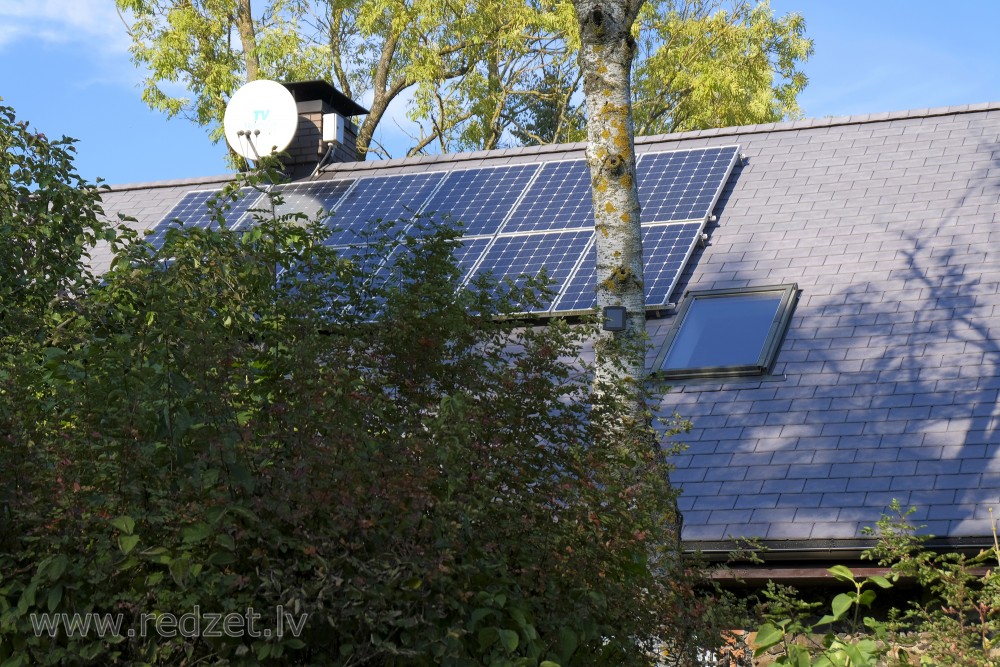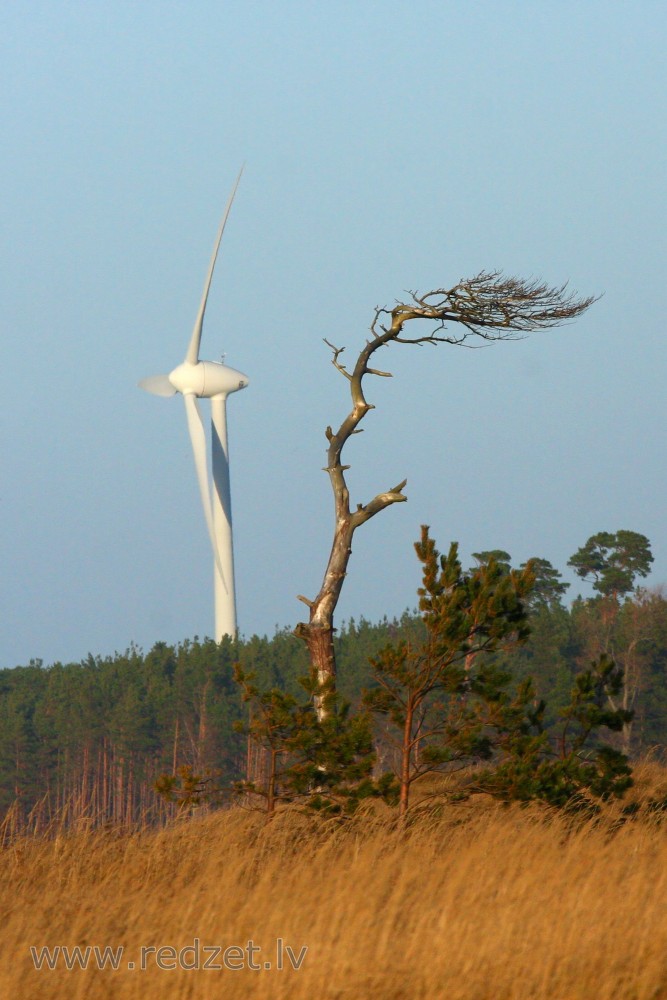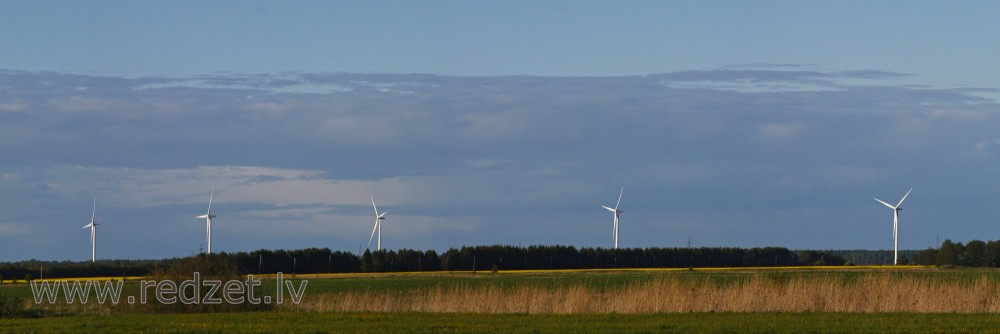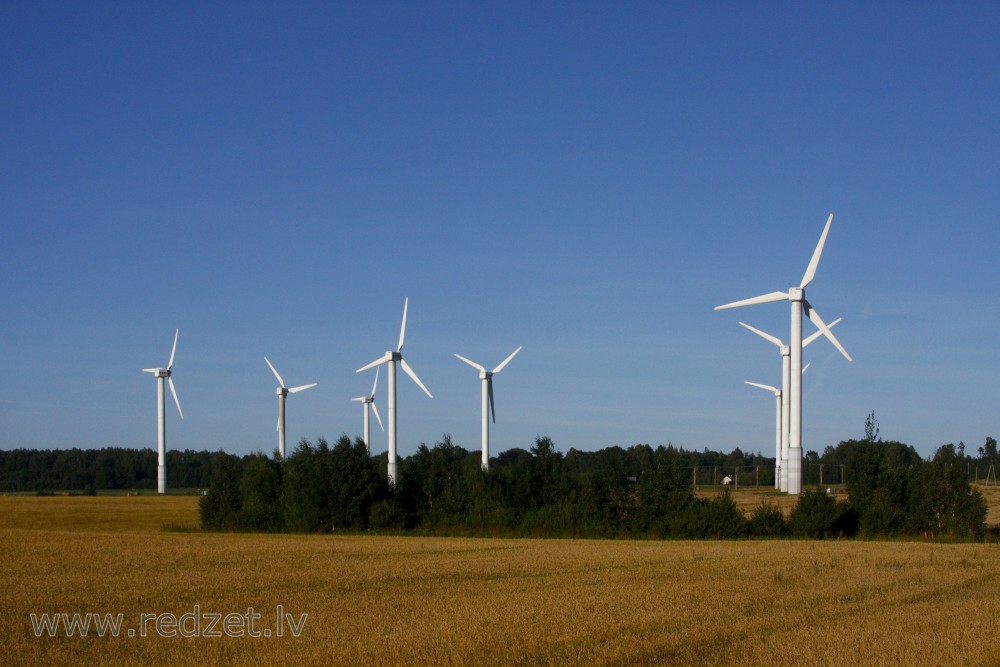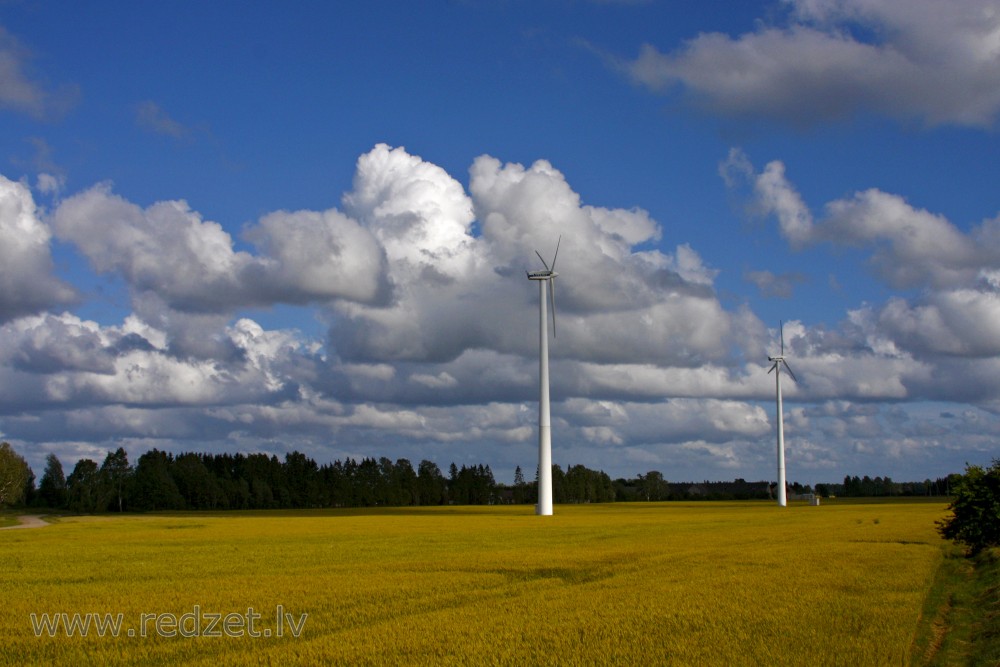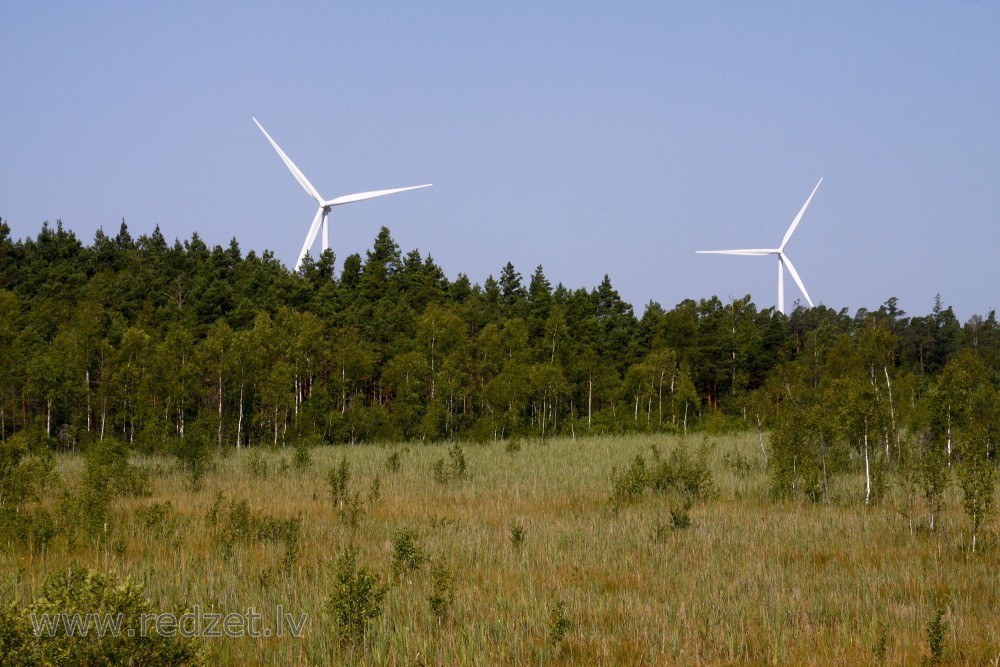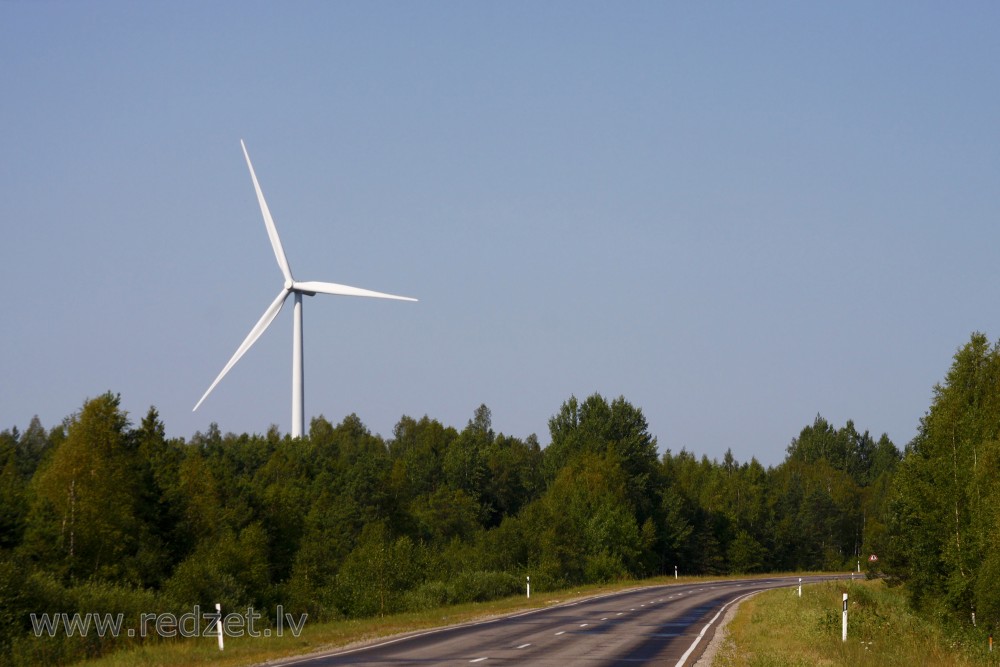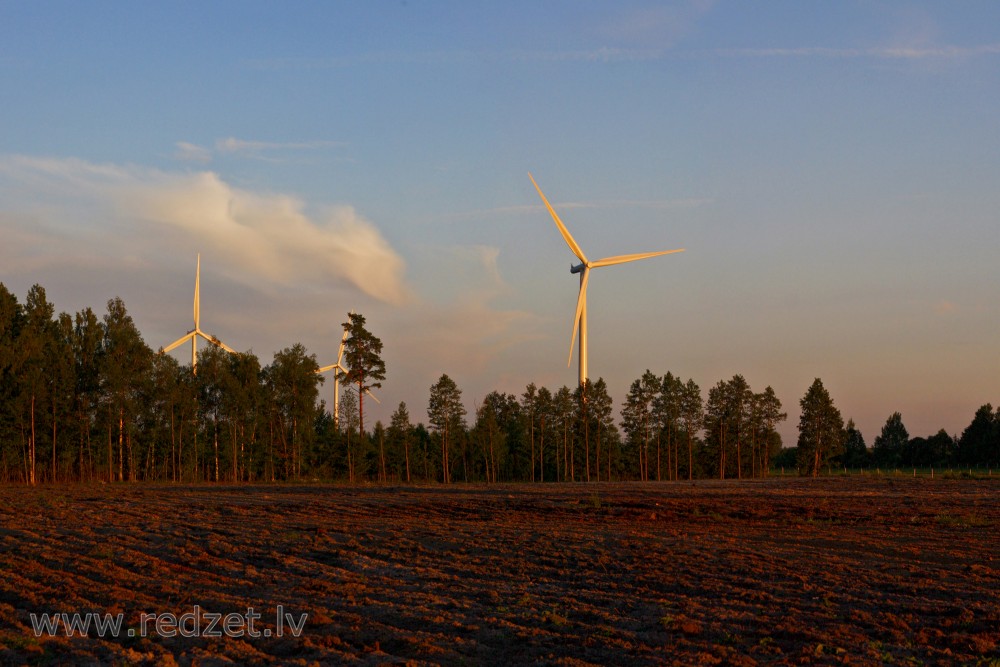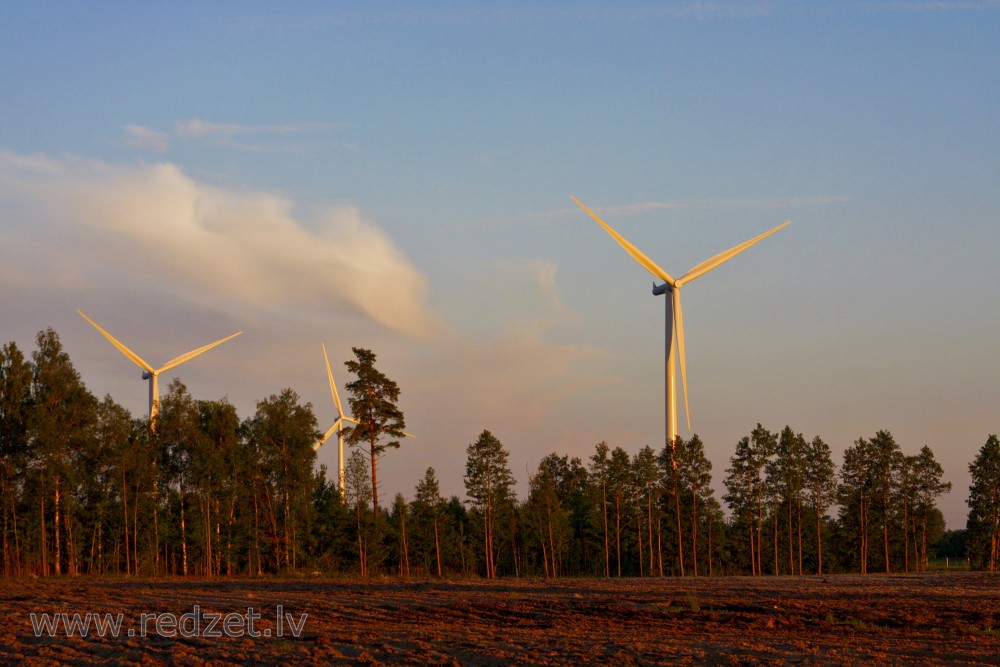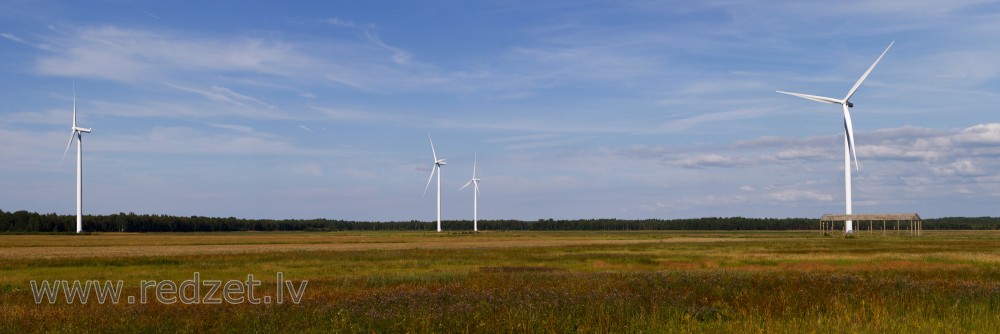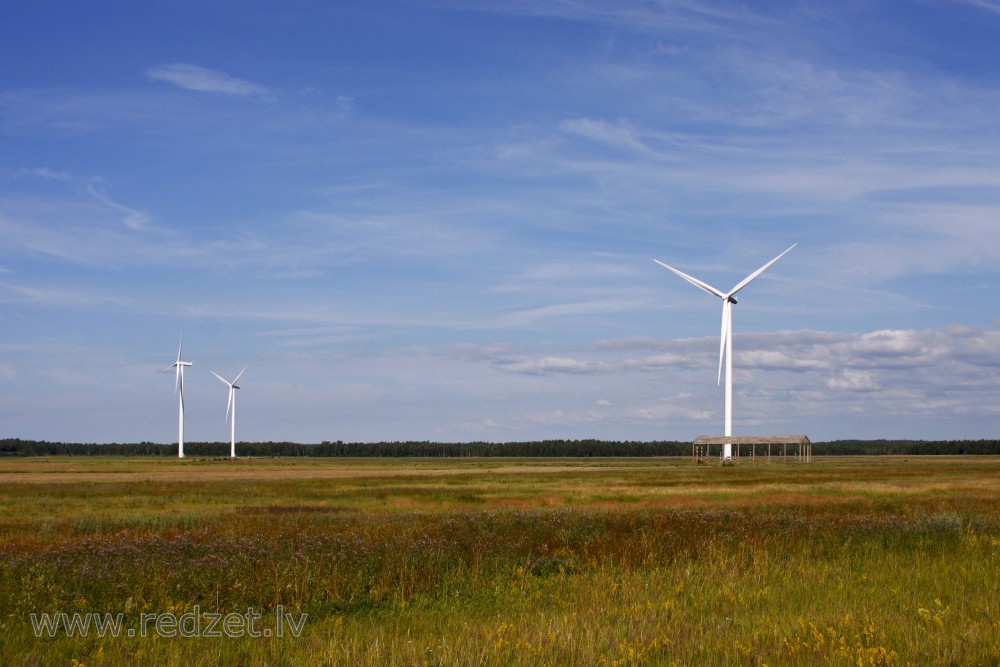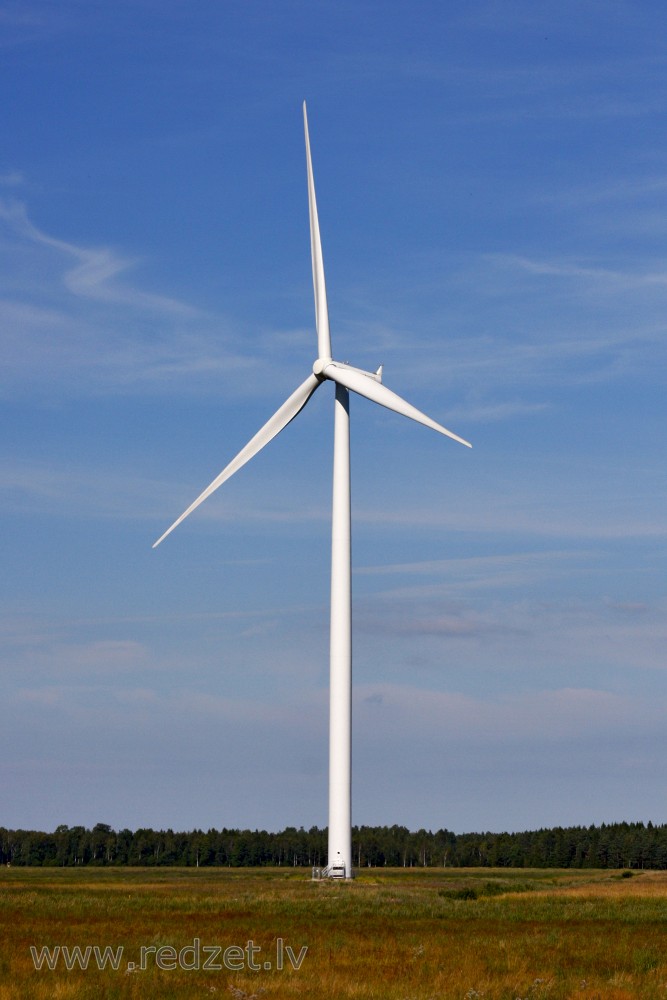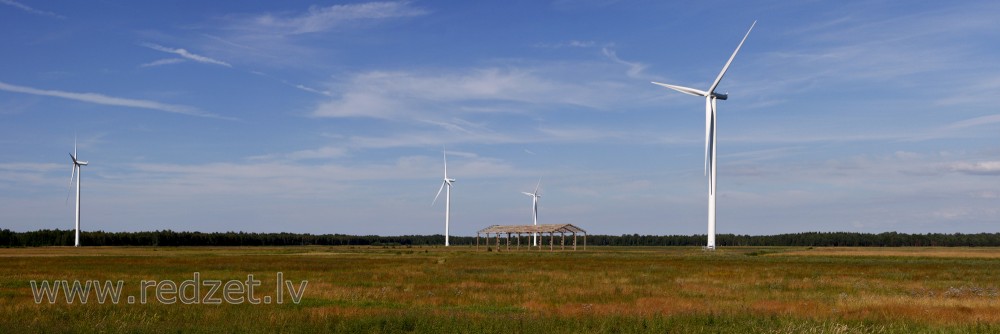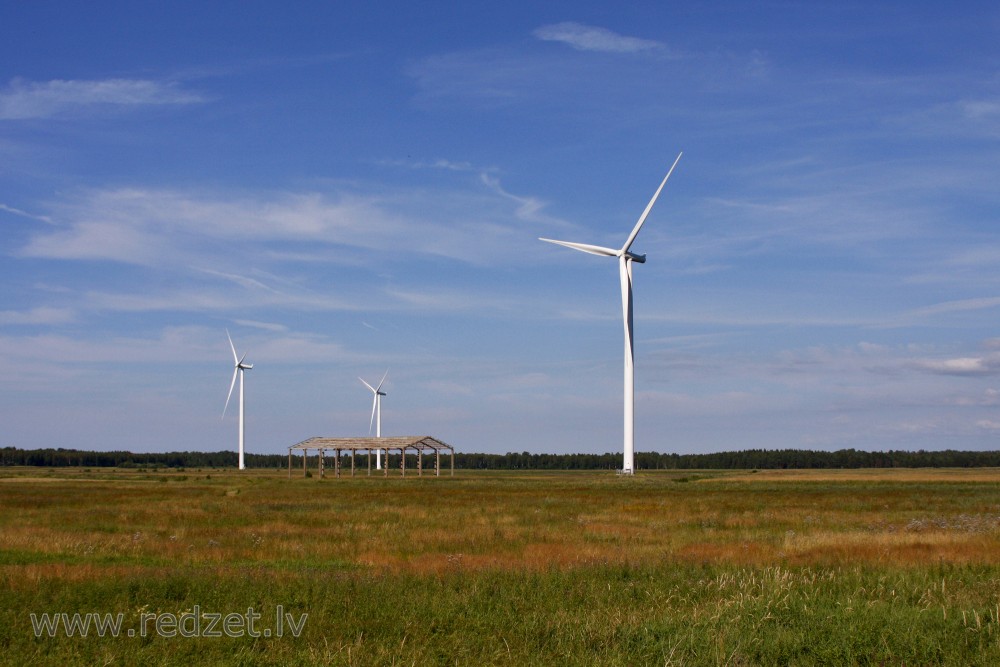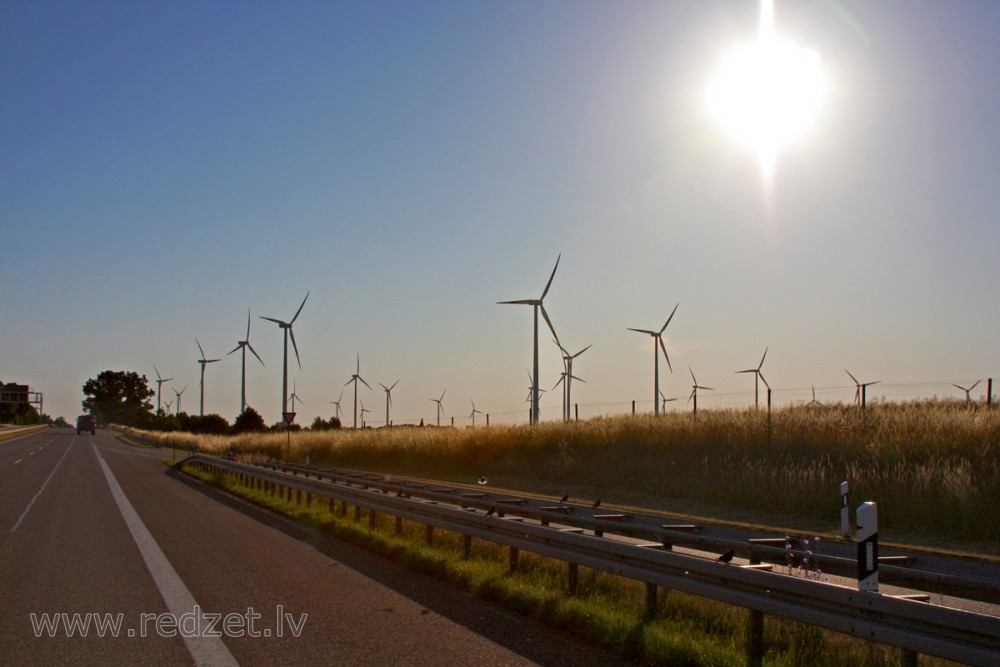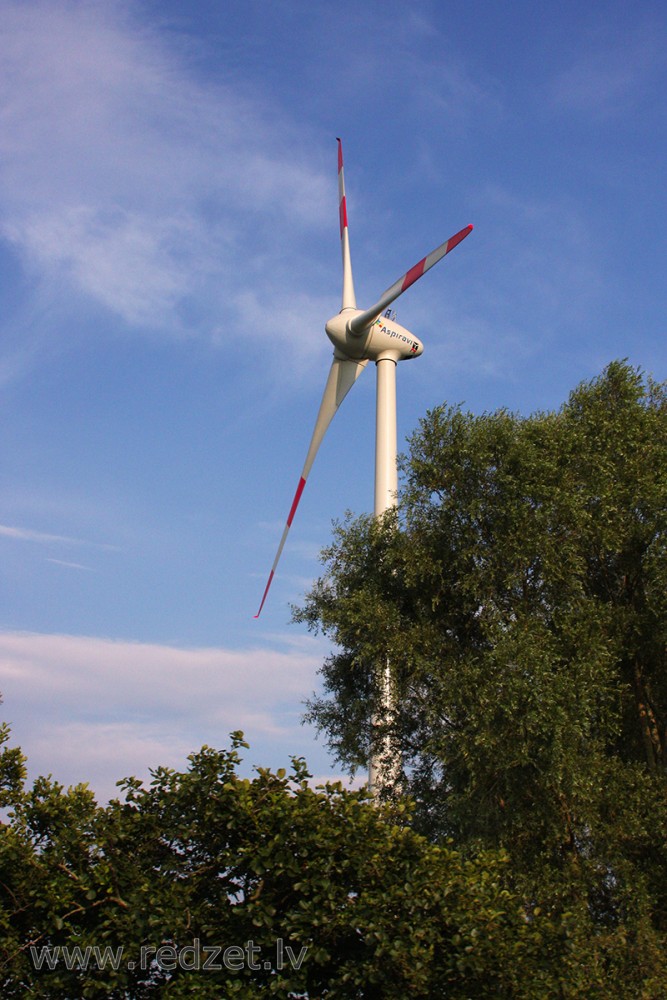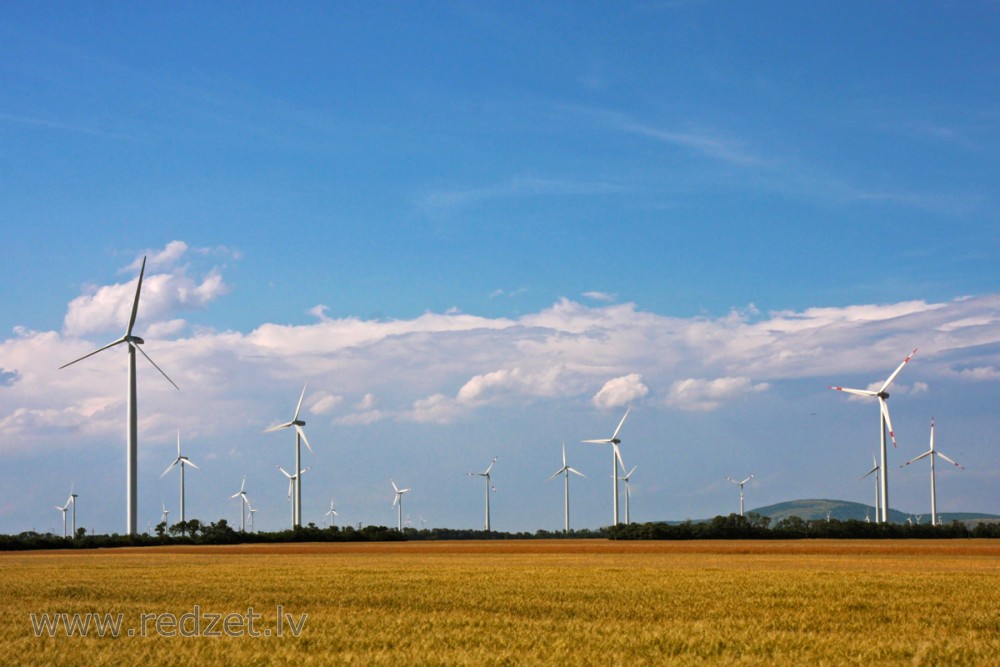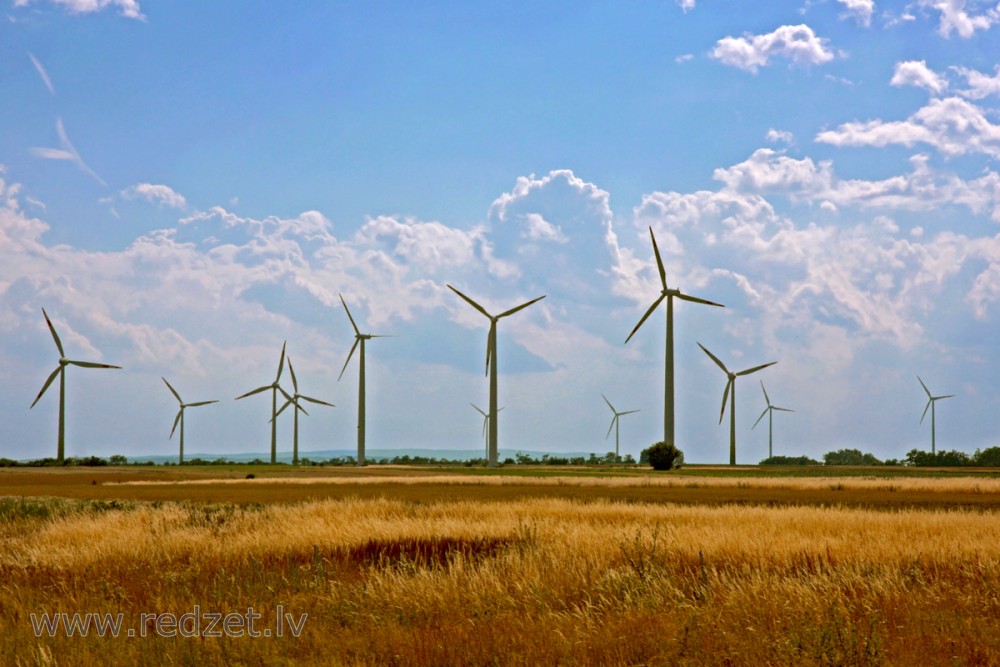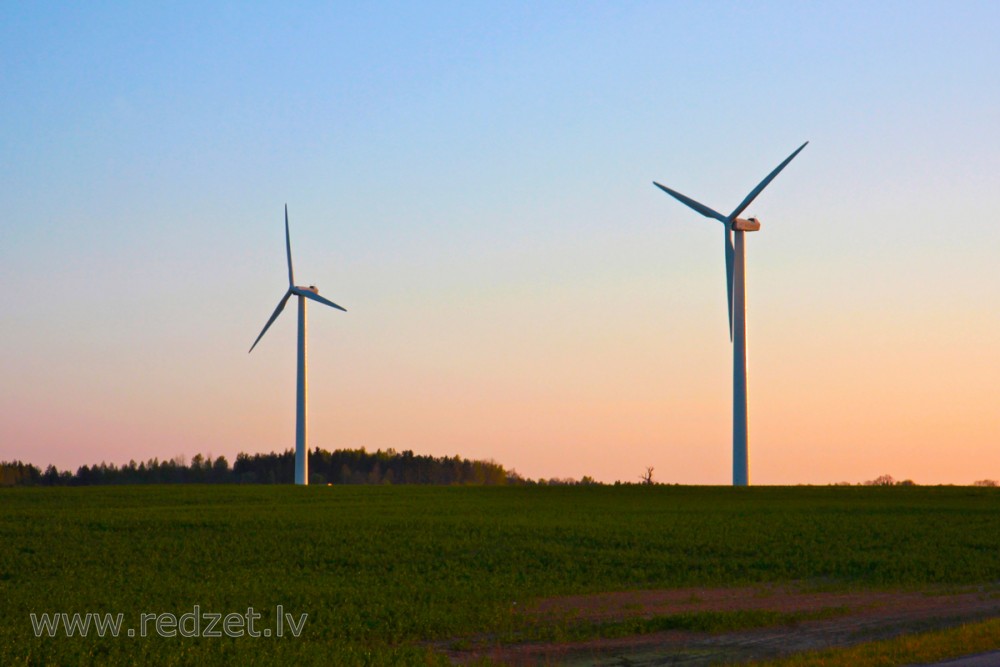Alternative energy
Alternative energy is any energy source that is an alternative to fossil fuel. These alternatives are intended to address concerns about fossil fuels, such as its high carbon dioxide emissions, an important factor in global warming. Marine energy, hydroelectric, wind, geothermal and solar power are all alternative sources of energy.
The nature of what constitutes an alternative energy source has changed considerably over time, as have controversies regarding energy use. Because of the variety of energy choices and differing goals of their advocates, defining some energy types as "alternative" is considered very controversial.
History
Historians of economies have examined the key transitions to alternative energies and regard the transitions as pivotal in bringing about significant economic change. Prior to the shift to an alternative energy, supplies of the dominant energy type became erratic, accompanied by rapid increases in energy prices.
Coal as an alternative to wood
In the late medieval period, coal was the new alternative fuel to save the society from overuse of the dominant fuel, wood. The deforestation had resulted in shortage of wood, at that time soft coal appeared as a savior. Historian Norman F. Cantor describes how:
Europeans had lived in the midst of vast forests throughout the earlier medieval centuries. After 1250 they became so skilled at deforestation that by 1500 AD they were running short of wood for heating and cooking... By 1500 Europe was on the edge of a fuel and nutritional disaster, which it was saved in the sixteenth century only by the burning of soft coal and the cultivation of potatoes and maize.
Petroleum as an alternative to whale oil
Whale oil was the dominant form of lubrication and fuel for lamps in the early 19th century, but the depletion of the whale stocks by mid century caused whale oil prices to skyrocket setting the stage for the adoption of petroleum which was first commercialized in Pennsylvania in 1859.
Ethanol as an alternative to fossil fuels
In 1917, Alexander Graham Bell advocated ethanol from corn, wheat and other foods as an alternative to coal and oil, stating that the world was in measurable distance of depleting these fuels. For Bell, the problem requiring an alternative was lack of renewability of orthodox energy sources. Since the 1970s, Brazil has had an ethanol fuel program which has allowed the country to become the world's second largest producer of ethanol (after the United States) and the world's largest exporter. Brazil's ethanol fuel program uses modern equipment and cheap sugar cane as feedstock, and the residual cane-waste (bagasse) is used to process heat and power. There are no longer light vehicles in Brazil running on pure gasoline. By the end of 2008 there were 35,000 filling stations throughout Brazil with at least one ethanol pump.
Cellulosic ethanol can be produced from a diverse array of feedstocks, and involves the use of the whole crop. This new approach should increase yields and reduce the carbon footprint because the amount of energy-intensive fertilizers and fungicides will remain the same, for a higher output of usable material. As of 2008, there are nine commercial cellulosic ethanol plants which are either operating, or under construction, in the United States.
Second-generation biofuels technologies are able to manufacture biofuels from inedible biomass and could hence prevent conversion of food into fuel. As of July 2010, there is one commercial second-generation (2G) ethanol plant Inbicon Biomass Refinery, which is operating in Denmark.
Coal gasification as an alternative to petroleum
In the 1970s, President Jimmy Carter's administration advocated coal gasification as an alternative to expensive imported oil. The program, including the Synthetic Fuels Corporation was scrapped when petroleum prices plummeted in the 1980s. The carbon footprint and environmental impact of coal gasification are both very high.
Existing types of alternative energy
Hydro electricity captures energy from falling water.
Nuclear energy uses nuclear fission to release energy stored in the atomic bonds of heavy elements.
Wind energy is the generation of electricity from wind, commonly by using propeller-like turbines.
Solar energy is the use of energy from the sun. Heat from the sun can be used for solar thermal applications or light can be converted into electricity via photovoltaic devices.
Geothermal energy is the use of the earth's internal heat to boil water for heating buildings or generating electricity.
Biofuel and ethanol are plant-derived gasoline substitutes for powering vehicles.
Hydrogen can be used as a carrier of energy, produced by various technologies such as cracking of hydrocarbons or water electrolysis.
en.wikipedia.org
